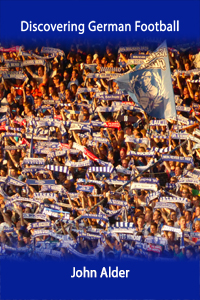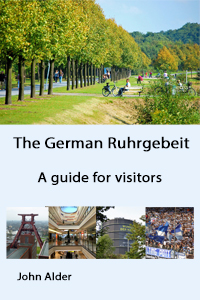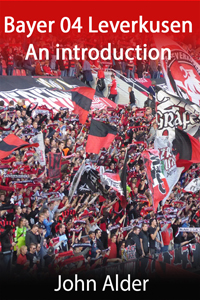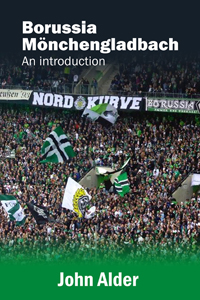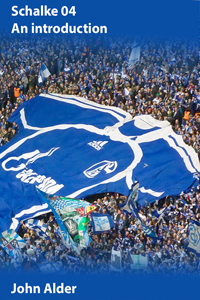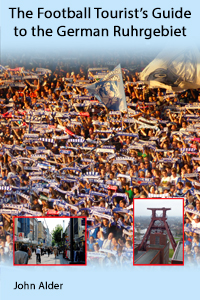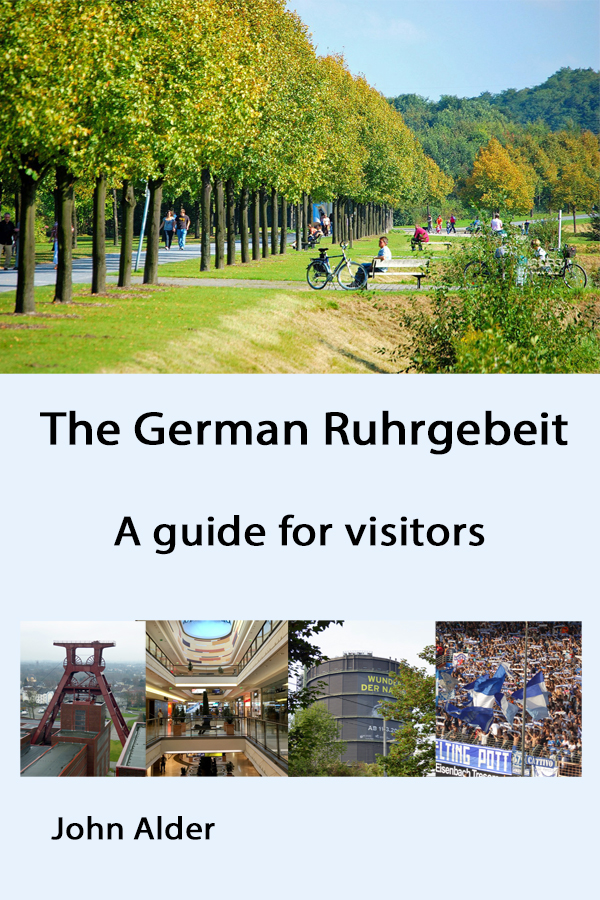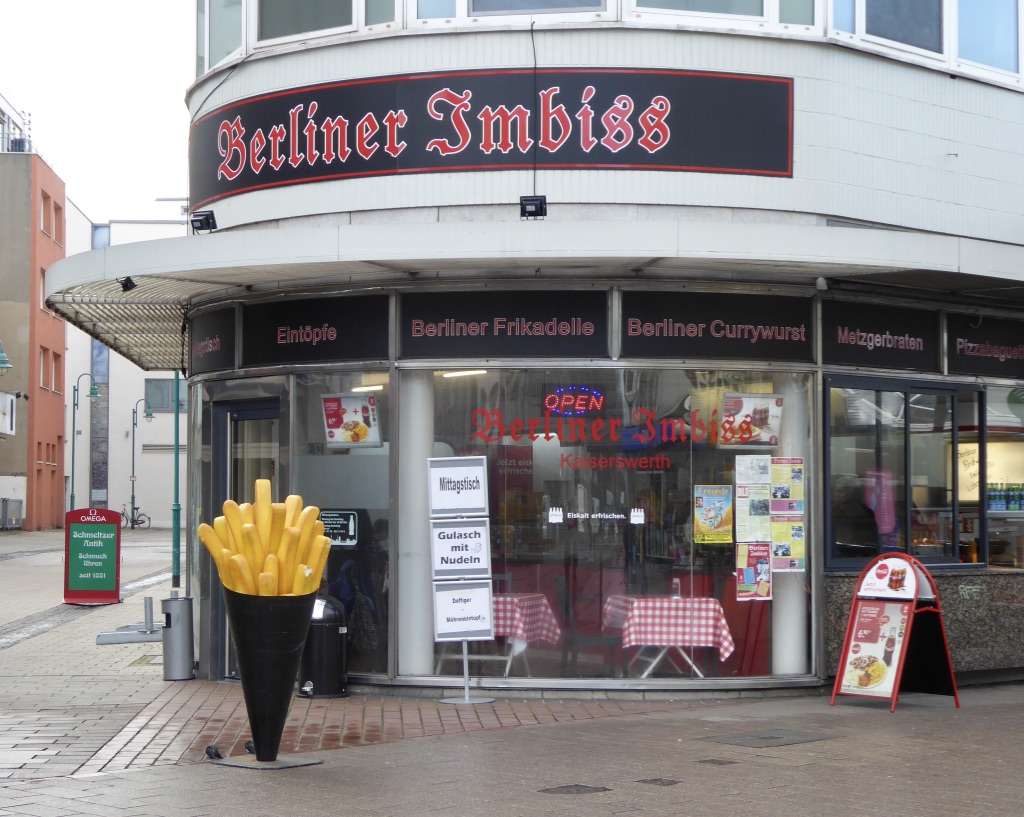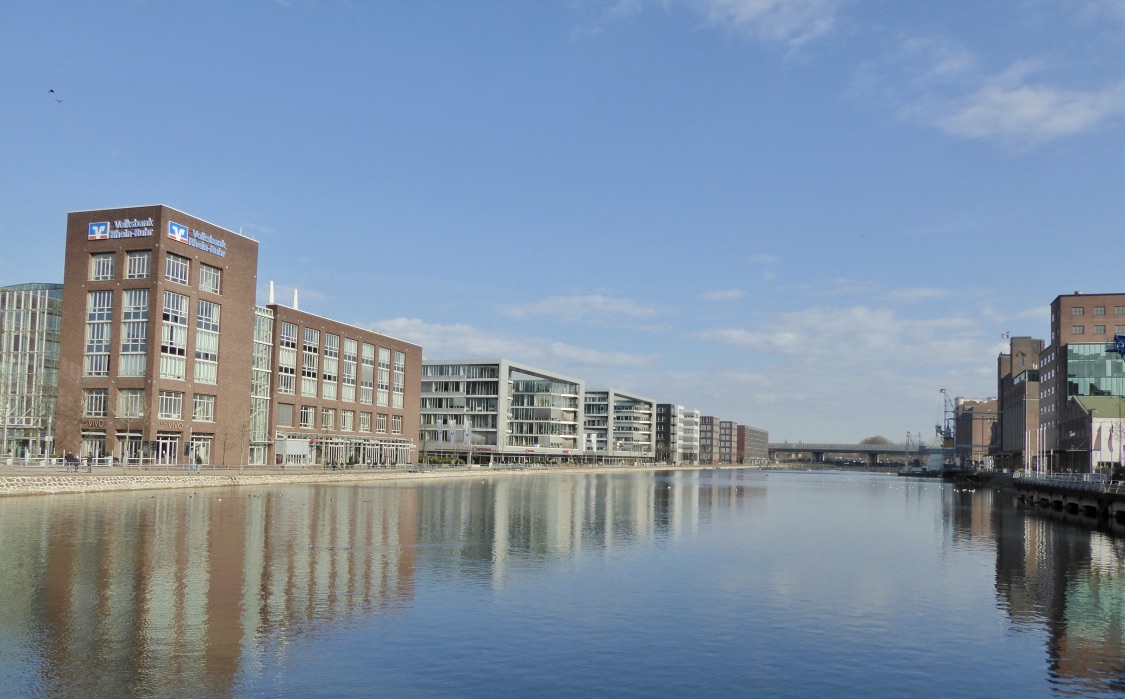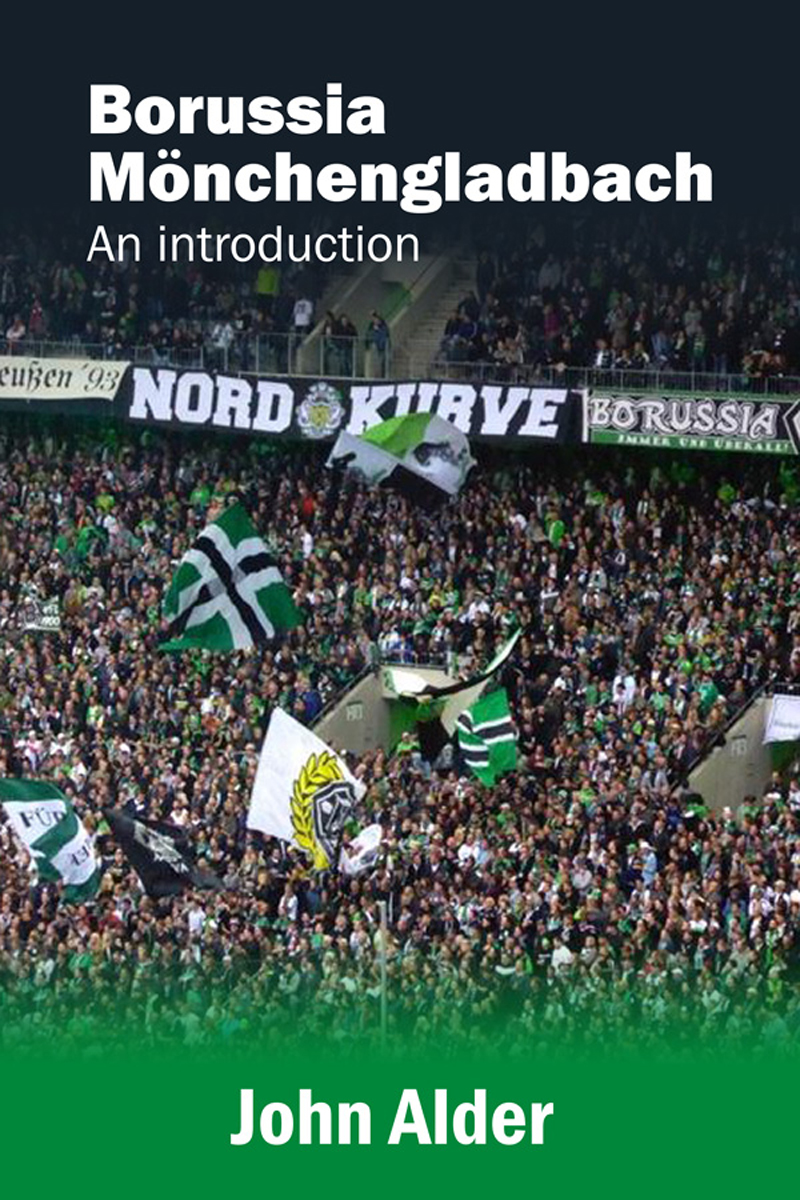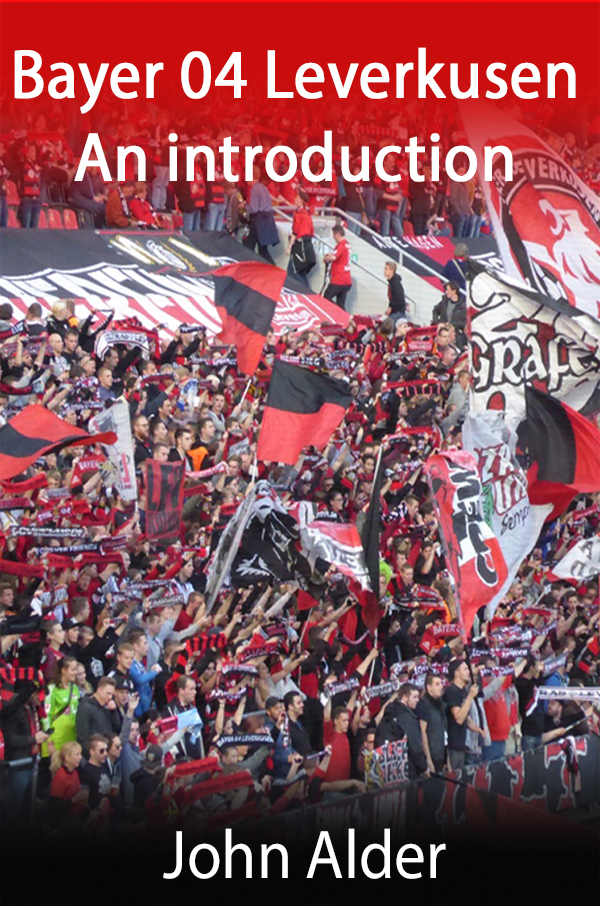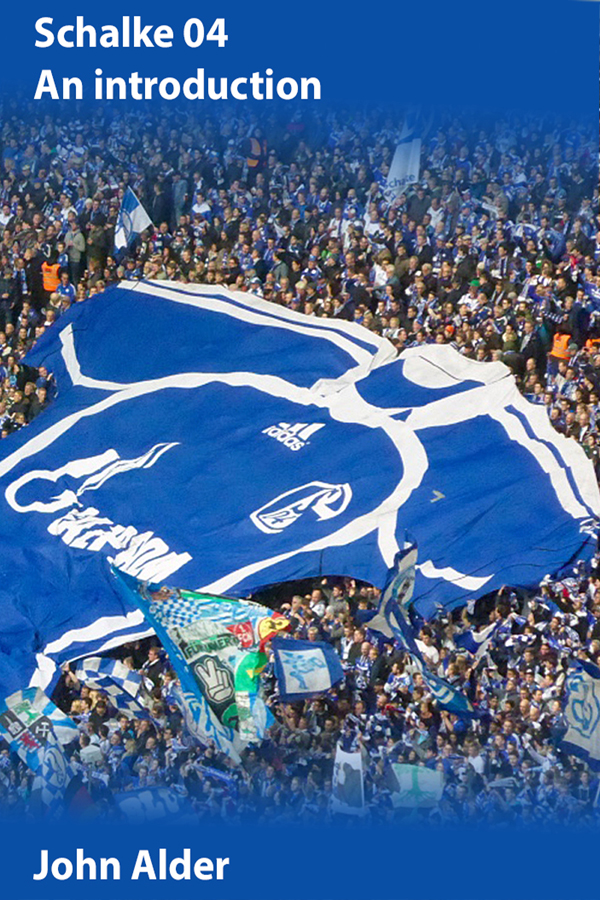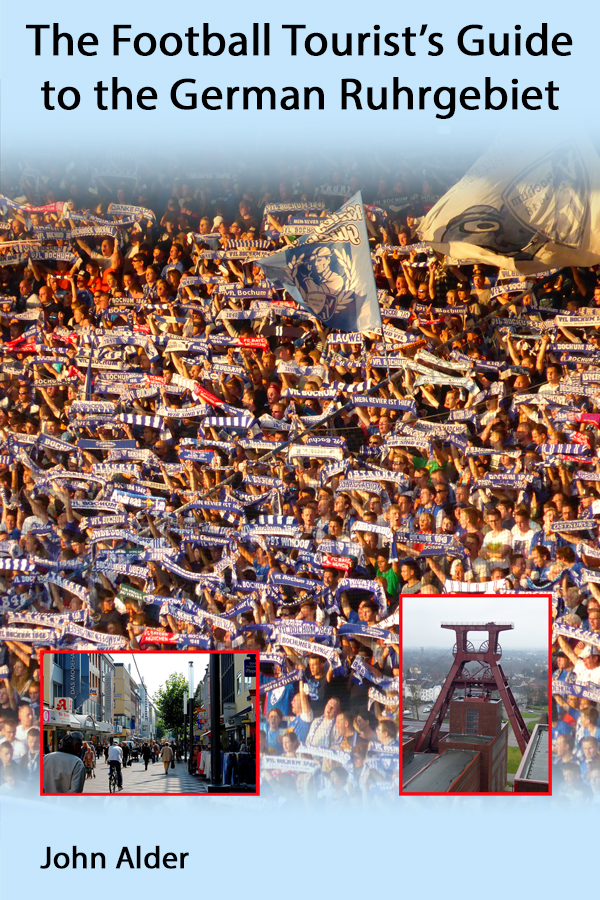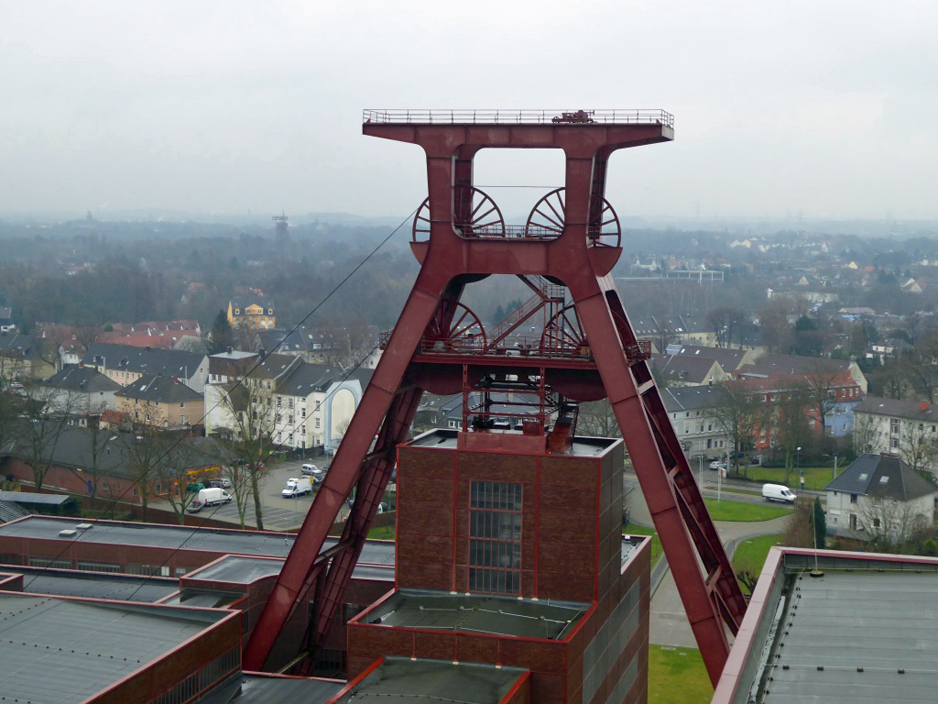Going to watch SC Preußen Münster
The perfect way to experience German football
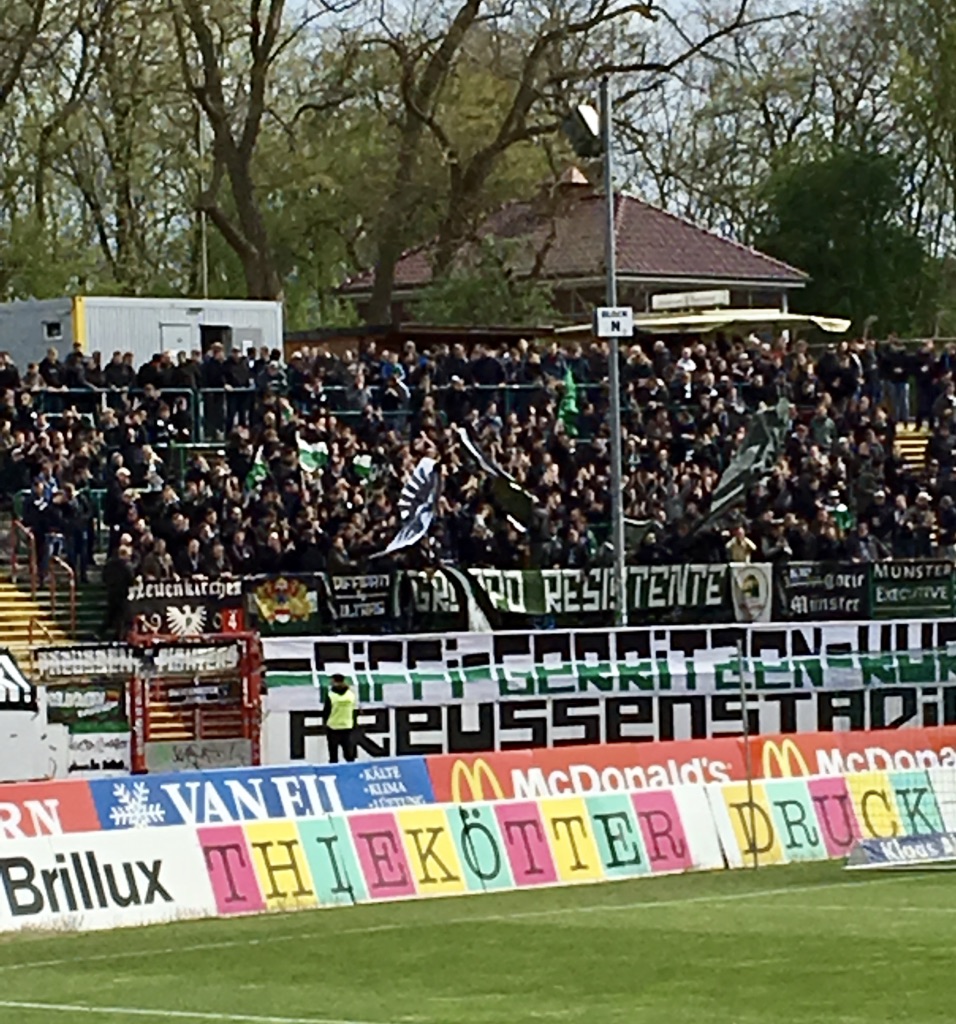
Although currently languishing in the third division, SC Preußen Münster is one of Germany’s oldest football clubs. Fans have remained fiercely loyal to their club, despite experiencing numerous disappointments, including relegation out of the professional leagues. They continue to come to the Preußenstadion in large numbers to back their team. And it’s a great destination for the travelling football fan. Going to watch SC Preußen Münster is the perfect way to experience German football played in a traditional stadium.
You will also have a great day out because Münster is one of the best towns in the region for a day trip, with plenty to see and do beyond the football.
Tickets
Games are rarely sold out, so you can probably get a ticket on the day. If, like me, you like to plan ahead, use the Online Ticket Shop. You can choose and pay for your seat and even print out your ticket before you leave home.
A standing ticket costs 12.80 euros. Seats cost between 20.50 euros and 24.90 euros. Unless you really need to sit during the game, I would advise you to buy a ticket for Block L. This is the most popular area of the ground, so you will get the chance to stand amongst lots of very vocal fans. At the same time, you will be able to see and hear the hard-core fans behind the goal.
Getting to Münster
Flights
If you are coming over for a short visit, flying is the best option, and you can usually get a return flight for about £100.
Düsseldorf Airport
There are flights here from Birmingham, London Stanstead, London Heathrow, London Gatwick, Manchester, Cardiff, Glasgow and Newcastle. The airport has a station where you can catch a train to Münster. The RE2 is direct and leaves once an hour. The journey will take just under two hours.
Dortmund Airport
There are flights to Dortmund from London Stansted and Luton. You then catch the Airport Express to Dortmund station and take one of the regular trains to Münster. The RB50 is direct and takes just under an hour.
Travelling in the region
If you are travelling to Münster from a nearby airport or one of its neighbouring cities, look out for the Schöner Tag ticket. This allows you to use all public transport in North Rhine Westfalia from 9.00 am on one day until 3.00 am the following morning. The only exceptions are Intercity and Thalys trains. It costs 30 euros for one and 44 euros for up to five travellers.
You can walk to most of the main places in Münster, but if you decide to use public transport you can get information about tickets here.
Münster is Germany’s bicycle capital. Over 100,000 people travel on two wheels each day. If you want to join them you can hire a bike here.
Getting to the ground
SC Preußen Münster play at the Preußenstadion. You can get to there by bus (1, 5 and 9 from the station to “Preußenstadion”), but it’s just as easy to go on foot.
At the moment they are re-building the station. You will come out from the platforms onto a temporary concourse. From here follow the signs for the Altstadt. After about five minutes you will reach a wide tree lined path which runs around the town centre. Turn left here and follow the path until you reach a roundabout. Take the third exit onto Hammer Straße and just keep walking until you reach the stadium.
Inside the Preußenstadion
When it was built in 1926, this was one of the most modern stadiums in Germany. Although the club is working through a programme to bring it up to date, this is most definitely no the case today. But in my opinion, that is why it’s such a great place to experience German football.
If you prefer a bit of comfort and protection from the weather, there is a covered seated section along one side of the pitch (Blocks A to F). The opposite stand (Blocks K and L) is also covered, but standing only. This section gets really full and generates a great atmosphere. The hard-core fans gather behind the goal in Blocks M, N and O. This section is not covered.
There is a large open space just inside the stadium which contains stalls selling very reasonably priced food and drink. This is a great place to have a Bratwurst and a beer before the game. There are also outlets behind the stands on either side of the pitch.
After the game
If you plan to spend some time getting to know Münster, there’s plenty to do here before and after the game. Here are a few suggestions:
1. Walk through the old town.
The Prinzipalmarkt is a beautiful square surrounded by gabled houses and colonnades. You will find the famous Hall of Peace here. This is where the Peace of Westphalia was invoked in 1648, ending the Thirty Years War. It’s also a great starting point for a tour of the rest of the old town. Look out for the Krameramtshaus (an old guild house), St Lamberti’s Church, and St Paul’s Cathedral. Listen out for the six carillons – bells that chime at set times each day.
Directions: Come out of the station and turn left into Windhorststraße. After about 0.25 of a mile turn left onto Stubengasse. Then turn right onto Ludgeristraße. Follow this street all the way to the Prinzipalmarkt.
2. Visit the harbour
Münster’s port has been redeveloped and modernised. The old warehouses have been converted into a mixture of offices, flats, artists’ studios and entertainment venues.
Directions: Come out of the station and go straight ahead onto Von-Steuben-Straße. After about 140 yards turn right into Bahnhofstraße and then left onto Hafenstraße. Continue down this street for 300 yards and then join Bernhardt-Ernst-Straße. This street will take you to the port.
3. Take a walk beside the Aasee
This lovely lake, which is only 30 minutes from the centre of town, was designated Europe’s most beautiful park in 2009. You can follow the many picturesque paths, hire a boat or bicycle or visit one of the many coffeehouses, restaurants and cafes. There are sculptures everywhere.
Directions: Take the number 14 bus from the station (Stop C1, direction Münster Zoo)and get off at “Münster Goldene Brücke/Aasee”.
4. Go to the zoo
Münster’s all-weather-zoo (Allwetterzoo) gets its name from the covered walkways that protect you from the rain and the sun.
Directions: The zoo is in the middle of the Aasee area. The number 14 bus (Stop C1, direction Münster Zoo) will take you there. Get off at “Münster Redigerstraße, and it’s then a 15-minute walk.
Other articles you might like
